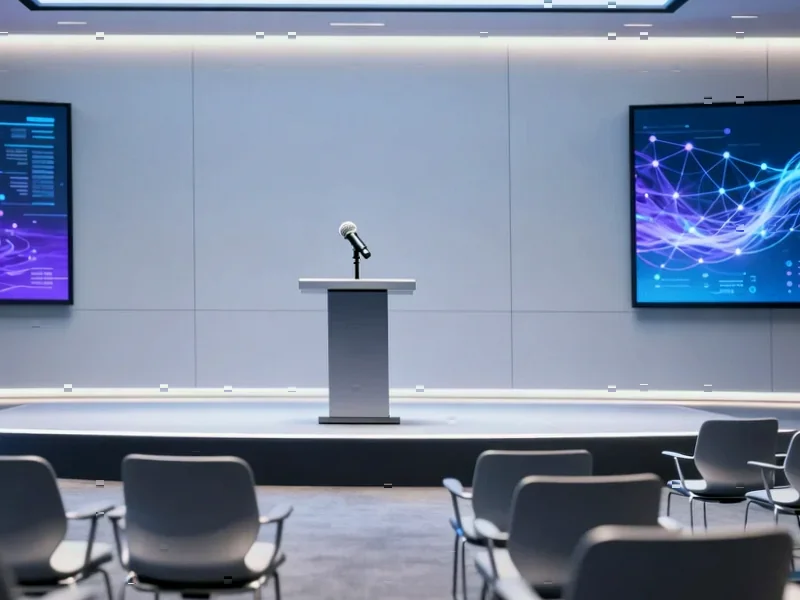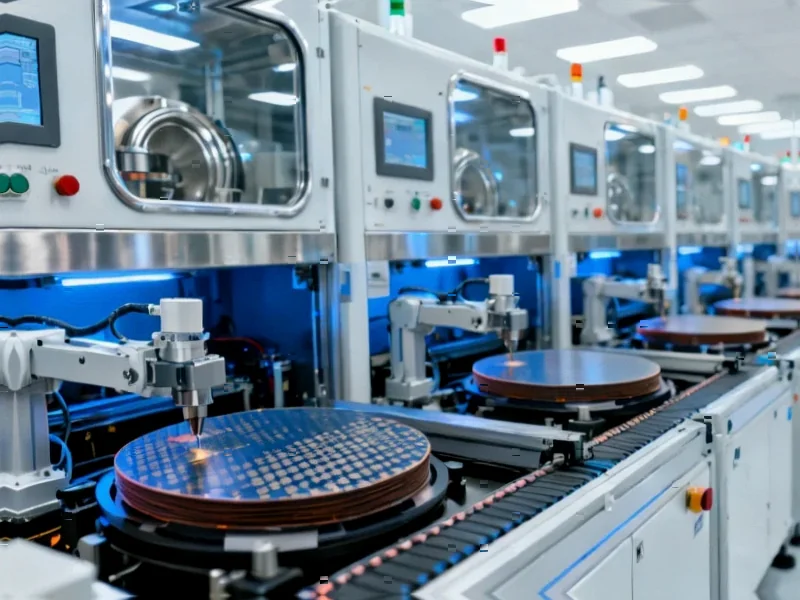According to Business Insider, hedge fund executive Tony Yoseloff of Davidson Kempner Capital Management, which manages approximately $37 billion, described Big Tech’s AI spending spree as creating “a little bit of a prisoner’s dilemma” during a recent Goldman Sachs podcast. Yoseloff explained that companies feel compelled to invest heavily because their competitors are doing the same, creating a cycle where falling behind could mean losing competitive positioning. He noted that while previous technological shifts like personal computers and the internet took 5-15 years to show productivity gains, markets are acting as if AI’s payoff is imminent. The executive raised concerns about whether public markets will remain patient waiting for returns on these massive capital expenditures, comparing the current environment to earlier dot-com and “nifty fifty” eras of extreme market concentration.
The Unsustainable Economics of AI Arms Races
What Yoseloff describes is essentially a capital destruction cycle disguised as innovation. When companies with combined market caps exceeding $10 trillion engage in simultaneous massive spending on unproven returns, they’re effectively creating a modern version of the Cold War arms race. The difference is that instead of nuclear weapons, they’re stockpiling Nvidia GPUs and building data centers that may never generate adequate returns. This creates a dangerous feedback loop where each company’s spending justifies the others’, regardless of whether the underlying economics make sense. The prisoner’s dilemma analogy is particularly apt because the optimal outcome for all players would be coordinated, measured investment, but the competitive dynamics make this impossible.
When Technology Hype Collided With Economic Reality
History provides sobering examples of how this plays out. The dot-com bubble saw similar dynamics where companies felt compelled to have an internet strategy regardless of profitability. What’s different this time is the scale – we’re talking about companies spending tens of billions annually on AI infrastructure with unclear paths to monetization. Even during the cloud computing boom, the business case was clearer: companies could calculate savings from moving away from physical servers. With AI, the value proposition remains largely theoretical for many applications, particularly at the scale being funded.
The Coming Clash Between Corporate and Market Timelines
The most immediate risk Yoseloff identifies is the disconnect between corporate spending cycles and market patience. Tech companies, particularly those with massive cash flows like Microsoft and Google, can afford to make long-term bets. However, public market investors typically operate on much shorter time horizons. When quarterly earnings reports start showing the impact of these enormous capital expenditures without corresponding revenue growth, the narrative could shift rapidly. We’ve already seen glimpses of this with companies like Meta facing investor pushback on their metaverse investments, forcing strategic pivots.
Warning Signs That Mirror Past Manias
Several indicators suggest we’re in dangerous territory. The concentration of market gains in a handful of AI-related stocks, the eye-watering valuations of AI startups with minimal revenue, and the strategic pivots of established companies to rebrand themselves as “AI-first” all echo previous bubbles. Even more concerning is the speculative nature of many AI business models that assume customers will pay premium prices for capabilities that may not deliver promised results. The infrastructure spending alone creates systemic risk – if AI adoption grows slower than expected, we could see a glut of expensive computing capacity sitting idle.
Navigating the AI Investment Landscape
The solution isn’t to abandon AI investment but to approach it with disciplined capital allocation. Companies that tie AI spending to specific, measurable business outcomes rather than vague “transformative potential” will likely fare better when markets eventually demand accountability. Investors should scrutinize AI spending with the same rigor they apply to other capital expenditures, asking tough questions about ROI timelines and alternative uses of capital. The companies that survive the coming shakeout won’t be those who spent the most, but those who spent the smartest.




